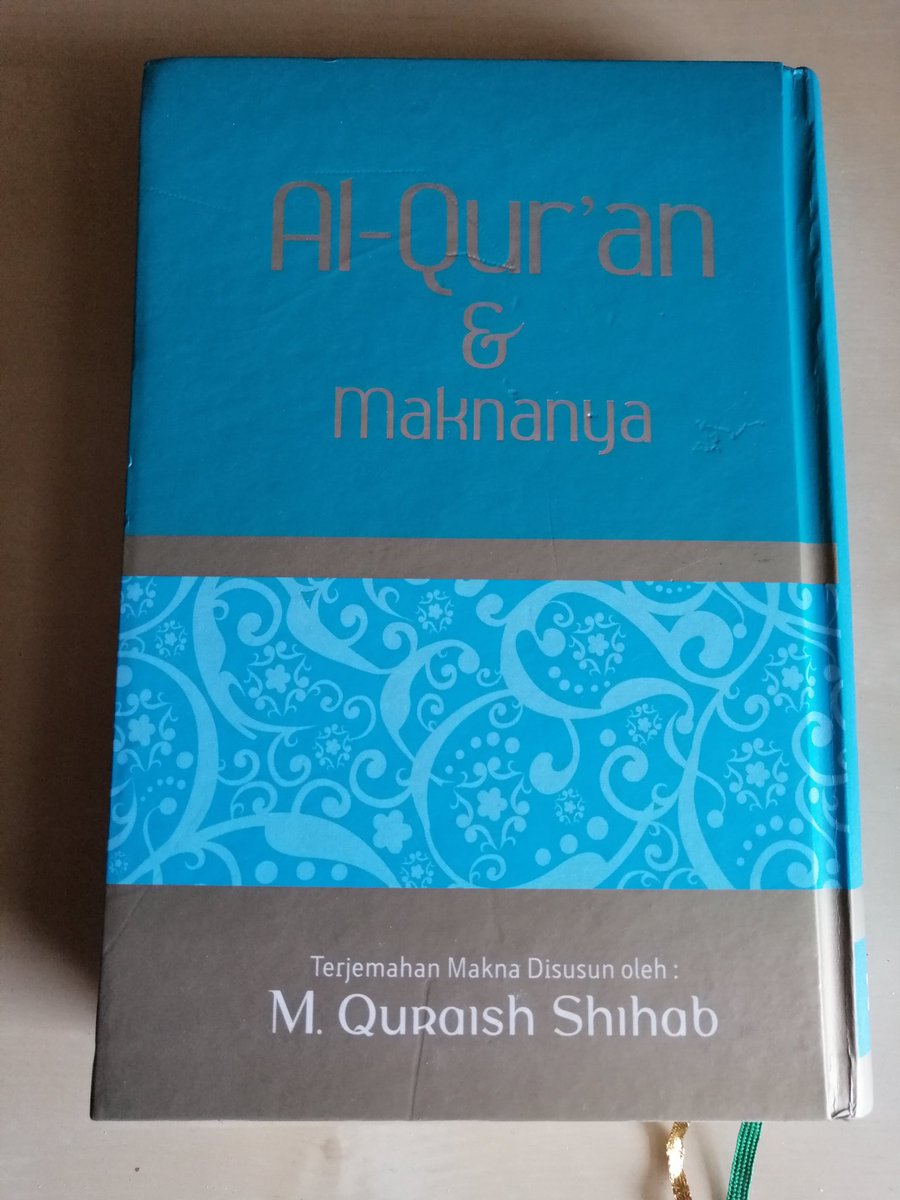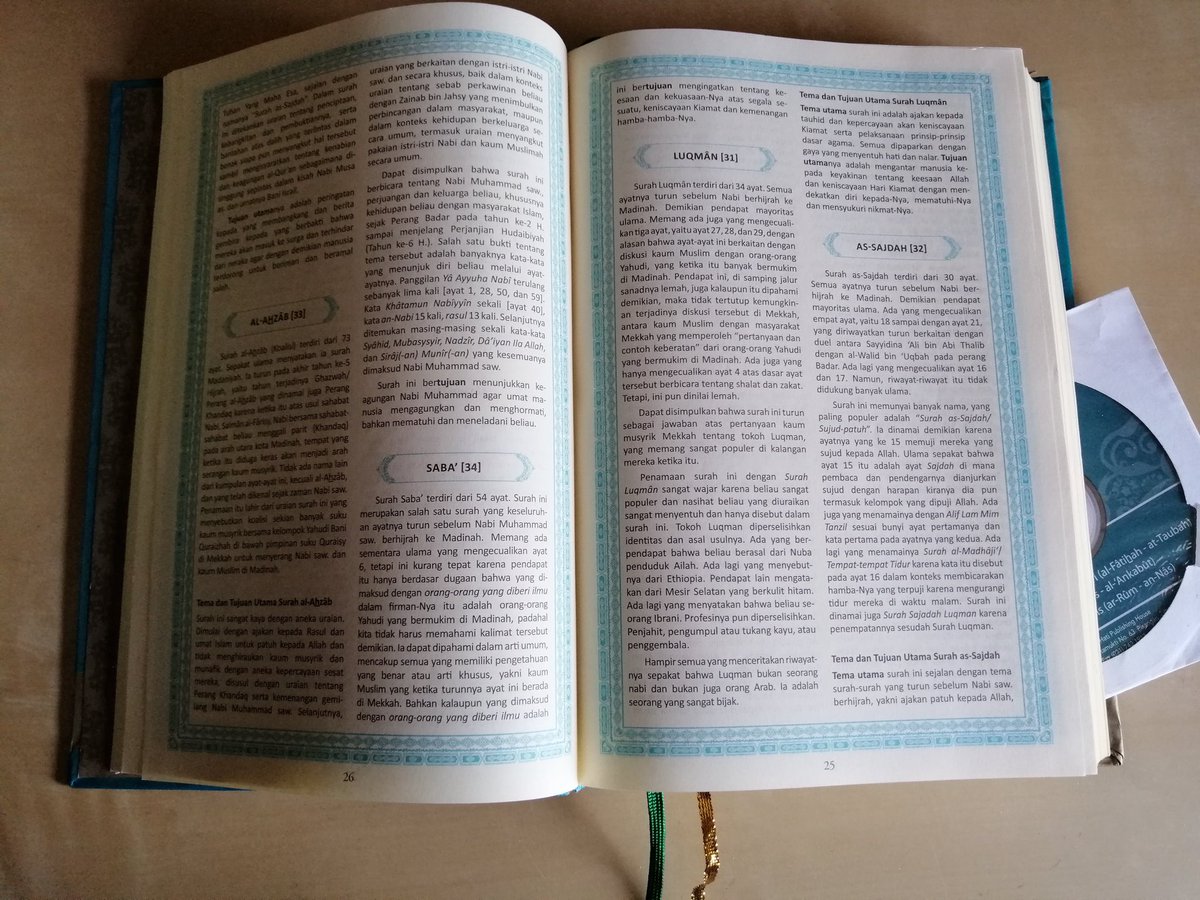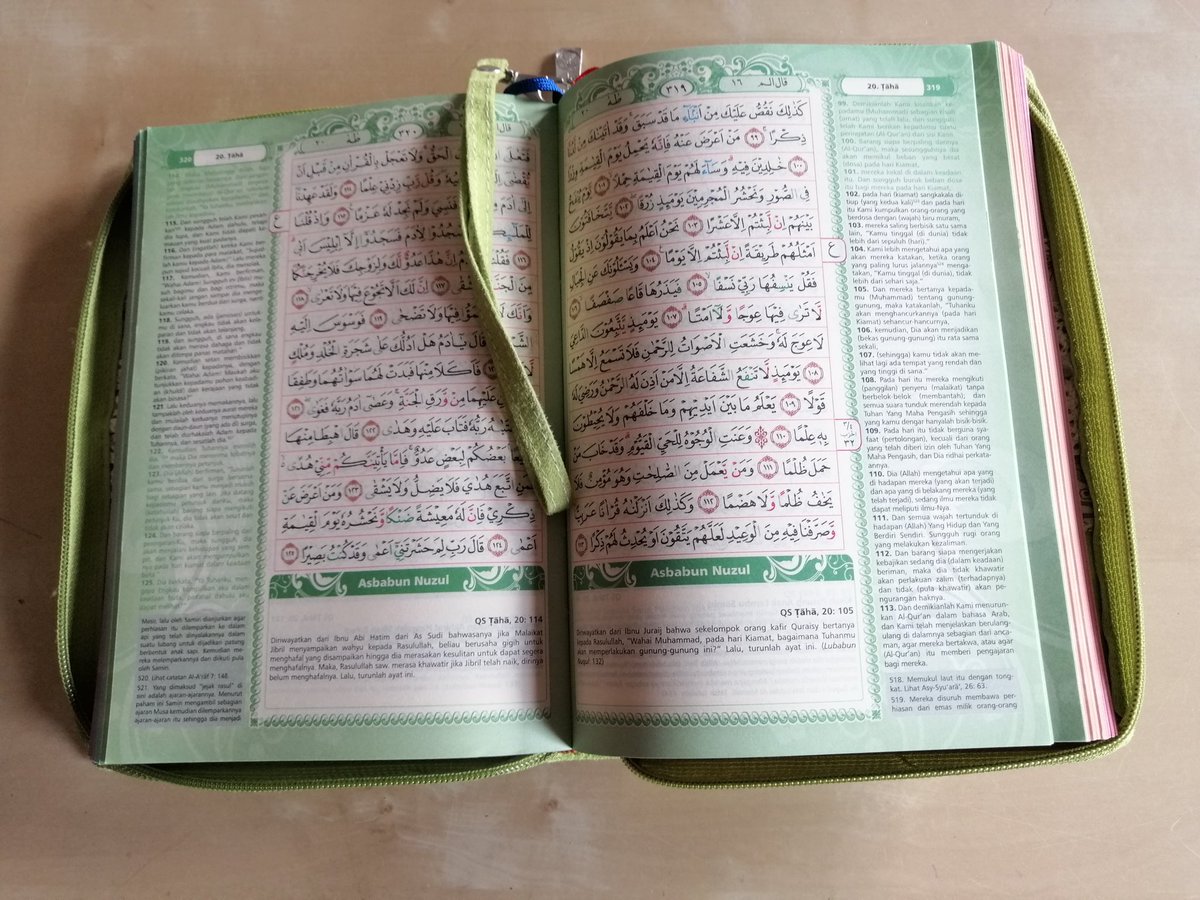
This week’s thread looks at a translation belonging to a trend broadly known as ‘Quranism’ or ‘Qur’an-only’. Paradoxically, its members often see a need to promote their own ideas and writings, including translations of the scripture.
#qurantranslationoftheweek 🌎🇺🇸
#qurantranslationoftheweek 🌎🇺🇸

Quranist theory may have had early proponents, but it goes against the epistemic approaches and hermeneutics of mainstream Islamic schools. Its proponents are often explicit in rejecting the religion of ordinary Muslims, who are beholden to hadiths attributed to Prophet Muhammad.
Modern founding figures Ghulam Ahmed Parwez (d. 1985) and Rashad Khalifa (d. 1990) argued that the Prophet was tasked only with delivering the divine message intact. See, respectively: A.Y. Musa, Ḥadīth as Scripture, 14; J.M.S. Baljon, Modern Muslim Koran Interpretation, 17-19.
Parwez and Khalifa each produced Qur’an translations, as have individuals associated with their movements. Shabbir Ahmed was influenced by Parwez. The Kurdish-Turkish-American writer Edip Yüksel (b. 1957) was influenced by Khalifa.
Yüksel worked with Layth Saleh al-Shaiban on The Qurʾān: A Reformist Translation (Brainbrow Press, 2007). The commentary is by Yüksel alone. Martha Schulte-Nafeh, is listed as having “provided linguistic consultation and feedback” which apparently made it a “non-sexist” project. 

Despite their emphasis on the Qur’an, Quranists have rarely published substantial commentaries. A key reason is their ideological insistence on the clarity of the Qur’an and opposition to “clergy” who would be its interpreters. Who can place themselves in that position?
The Reformist Translation’s editors insist, uncontroversially, that their comments “do not constitute a source or authority” comparable to divine scripture.
However, the next sentence suggests that theirs is “the best available English translation and the most accurate in its rendering the meaning of the scripture” (p. 11).
Much emphasis in such works is placed on shunning traditional interpretations. However, other kinds of bias are clearly observable. Most notably, they read hadith rejection into numerous passages of the Qur’an with little attention to context.
For example, the translation of 6:112-117 is fairly commonplace, except that the heading and endnotes shift it from being a dialogue with the Prophet’s disbelieving opponents, to a commentary on actions by Muslims which had not yet occurred. 





References to this ‘19 miracle’ are scattered through the text. A striking example is under 6:25, which Yüksel takes to predict its discovery by Khalifa and rejection by “covered hearts”. The attached note rebukes his own father who co-authored a pamphlet against the movement. 

What follows are further examples of unusual interpretations from the same sura (al-Anʿam, which formed the comparative case study of my thesis on ‘Intraquranic Hermeneutics’:
eprints.soas.ac.uk/30286/ - see especially sections 2.7 and 3.4.3).
eprints.soas.ac.uk/30286/ - see especially sections 2.7 and 3.4.3).
1️⃣ Yüksel interprets 6:56 to indicate that Muḥammad worshipped idols before his mission, rendering “innī nuhītu an aʿbuda” as: “I am warned to stop serving those you call upon…” and citing 42:52 and 93:7 in support.
2️⃣ Regarding 6:68, “If you encounter those who make fun of Our signs, then turn away from them until they move on to a different topic”: he takes this as an indicator of freedom of belief/unbelief.
3️⃣ He links the root meaning in 6:79 – “the One who created (faṭara) the heavens and the earth” – to 21:30, which he takes to allude to the Big Bang theory (and 21:104 to what is known as the Big Crunch).
Yüksel argues that 17:46 (“idhā dhakarta rabbaka fi-l-qurʾāni waḥdahu”) supports their “Qur’an alone” doctrine. He uses some gymnastics, or rather mathematics, to avoid the obvious parallel in 39:45 (“idhā dhukira Llāhu waḥdahu”): 

It is worth noting that various exegetes demonstrated more sophisticated and persuasive methods of intra-Quranic exegesis, and that some gave primacy to this approach without adopting a ‘sola scriptura’ position.
We close with a snippet from the two pages of endorsements and anti-endorsements which are placed in all openness at the beginning of the Reformist Translation!
#qurantranslationoftheweek 🌎
~SS~
#qurantranslationoftheweek 🌎
~SS~

• • •
Missing some Tweet in this thread? You can try to
force a refresh










